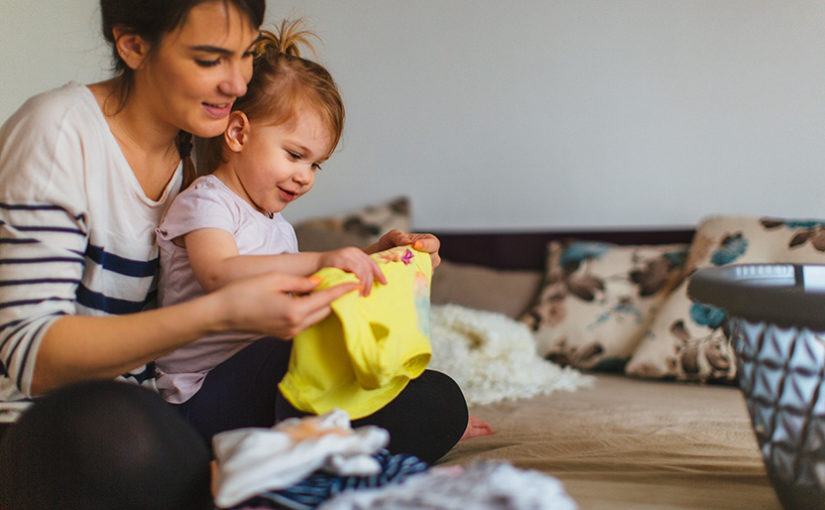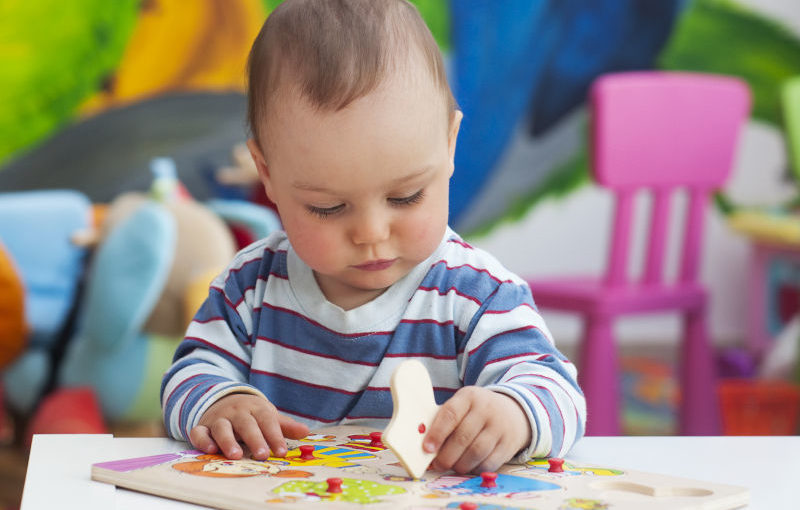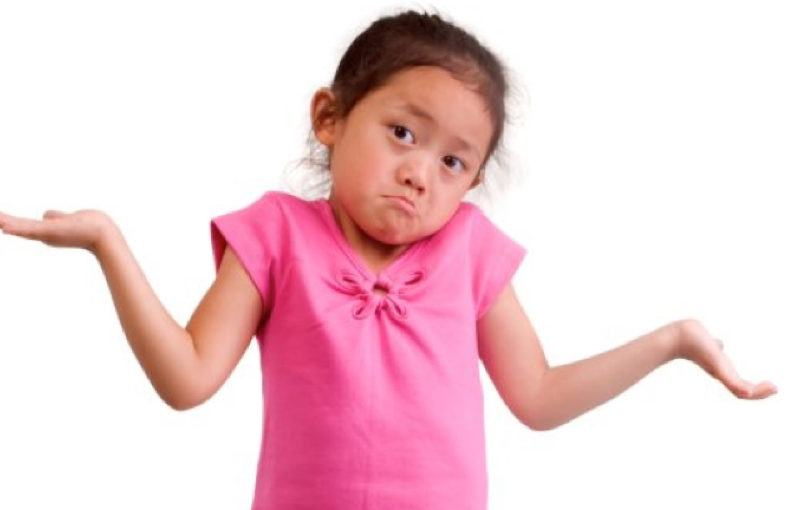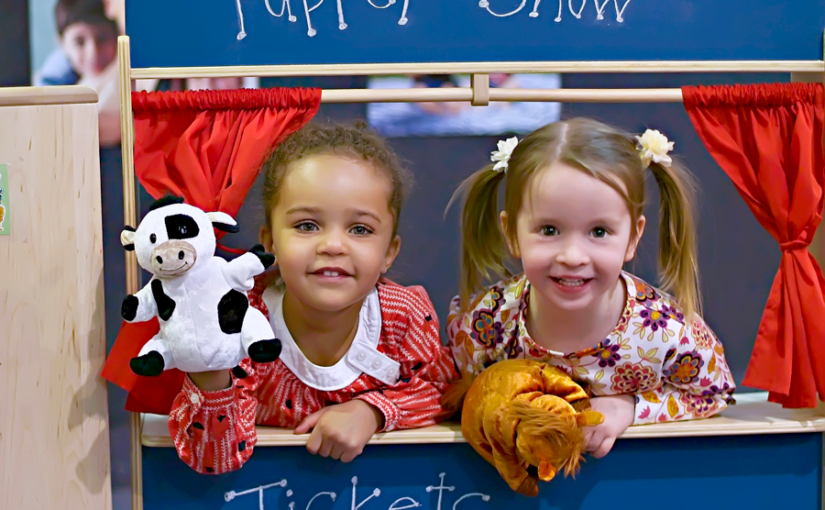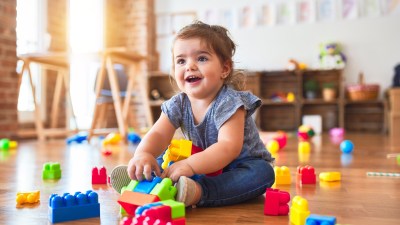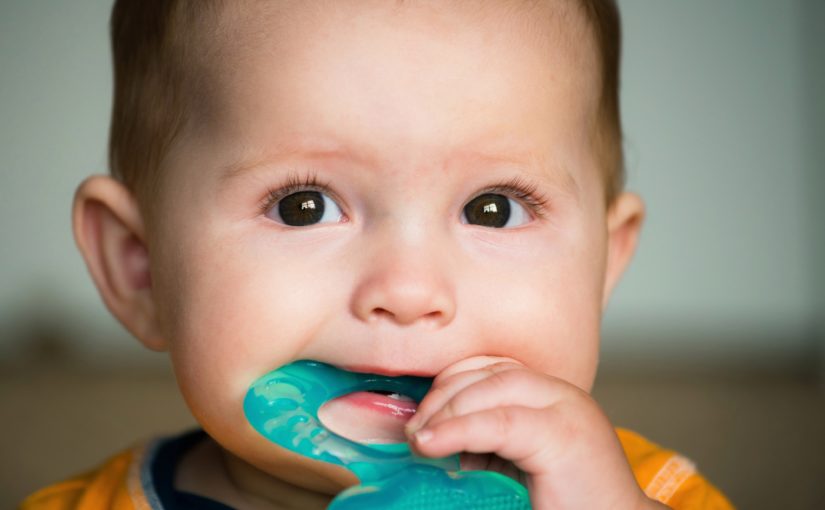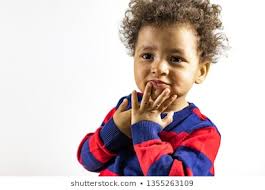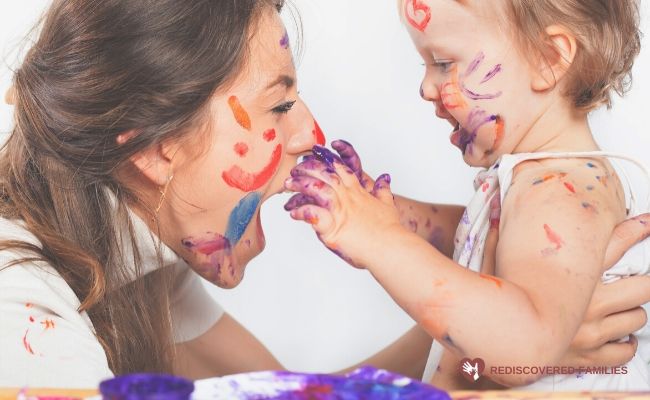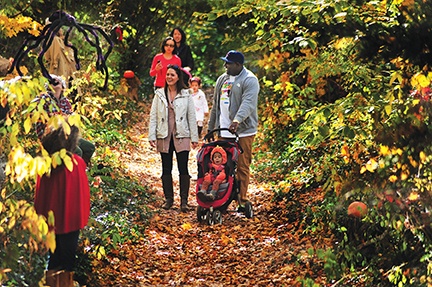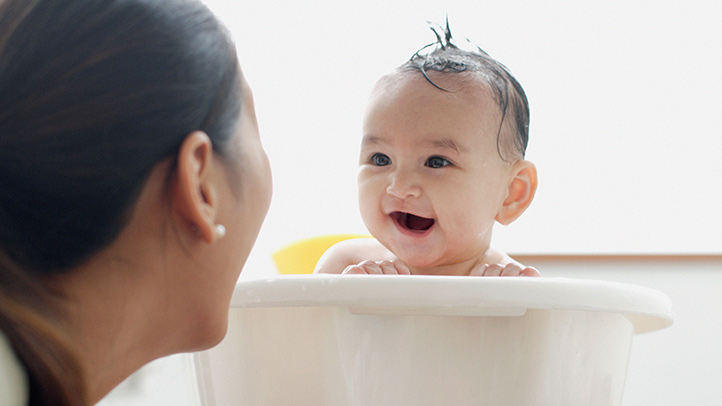Laundry. One of my least favorite chores. It has to be done though so why not make it a learning experience while you get the kiddos to help! While it may make the process twice as long, your young children can build vocabulary as you name the clothing you are putting in the washer or dryer, or as you’re folding. If they are helping to load, you can also expand to model word combinations(Pants in! or Go in!). When the clothes are dry, even small children can follow directions to find certain items, learning to sort(All the socks go here). When they begin to match, they can match all the socks for you! You can also attach possession to clothing and help them learn “my” vs “your” or “Daddy’s and Mommy’s”. Labeling colors is also a great way to expand on naming the clothing as they get closer to preschool(Blue shirt). This monotonous activity can be such a great natural learning experience, and they are helping you with chores!
Words/Sounds to include: shirt, pants, socks, shorts, underwear, in, out, wet, dry, my, your, colors, etc.
